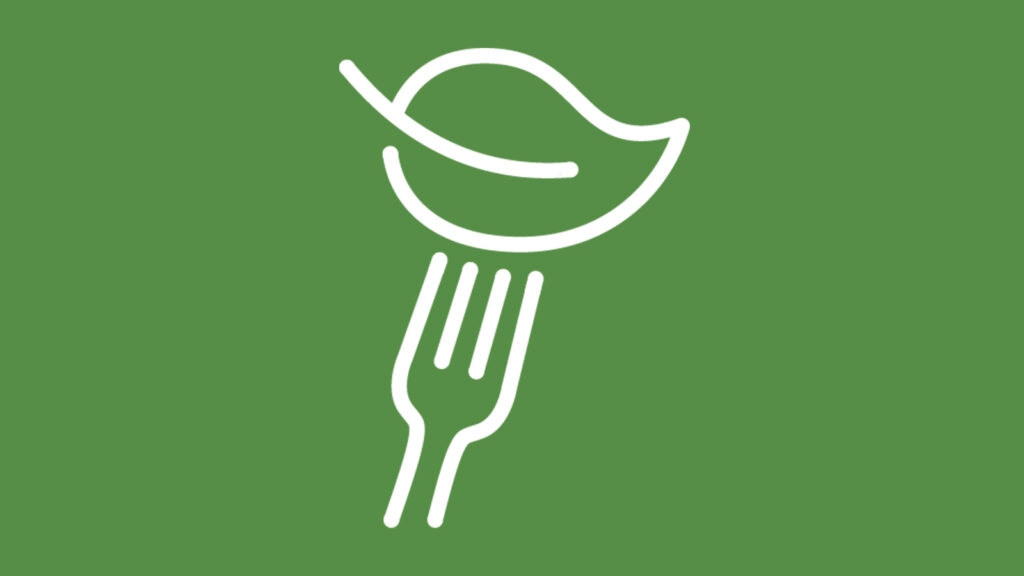Eating meat and dairy products have a large impact on climate change, with livestock producing about 14.5 % of the world’s greenhouse gases each year. Scientists warn that the current system of production and pattern of consumption cannot be sustained, and the adoption of a more plant-based diet must be a part of the answer (see Poore and Nemecek, Science ). Making changes to your eating habit can be done at your own pace and with little financial investment–but have a big climate impact.
Start with less beef. The list below of common protein sources from the Environmental Working Group shows the climate impact of various foods. Taking into account production emissions and post farm emissions like processing, transport, retail, cooking, and waste disposal, it is clear that getting meat to the dinner table generates a lot more greenhouse gases per kilogram than plant-based proteins. Just reducing the amount of beef the average American consumes can make a big difference. Make the commitment to reducing or the foods with higher climate impact and incorporate more plant based dishes into your meals.
- Lamb 39.2 kg CO2e
- Beef 27.0
- Cheese 13.5
- Pork 12.1
- Farmed Salmon 11.9
- Turkey 10.9
- Chicken 6.9
- Eggs 4.8
- Peanut Butter 2.5
- Yogurt 2.2
- Tofu 2.0
- Dry Beans 2.0
- Milk (2%) 1.9
- Lentils 0.9
Like any good ‘diet’, you should consider the commitment to eating fewer animal products a lifestyle change that you can maintain over the long run. Go at your own pace but don’t be afraid to challenge yourself, and remember the benefits you derive are not only for the planet, but also for your own health.

